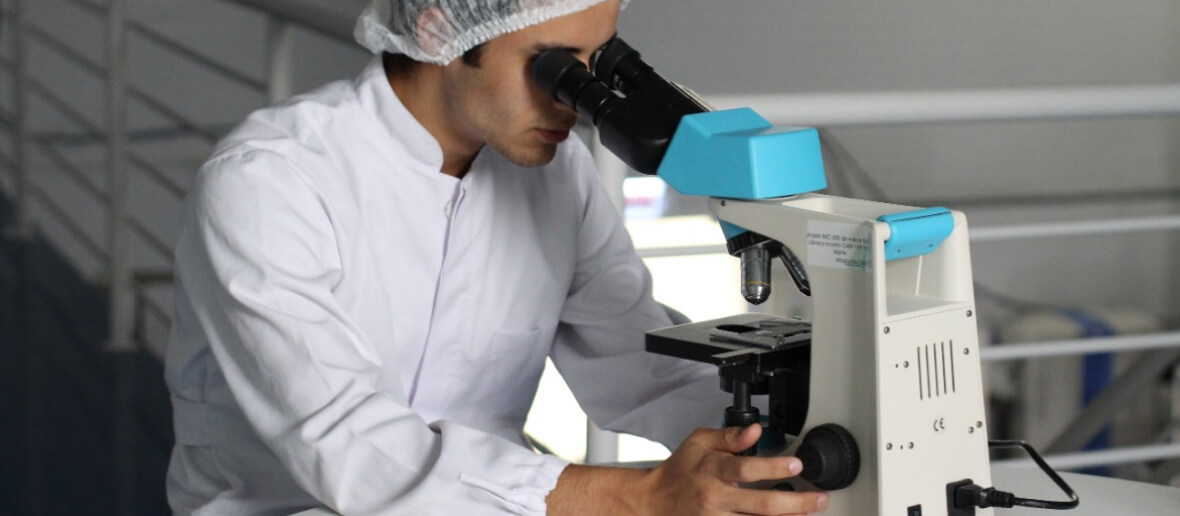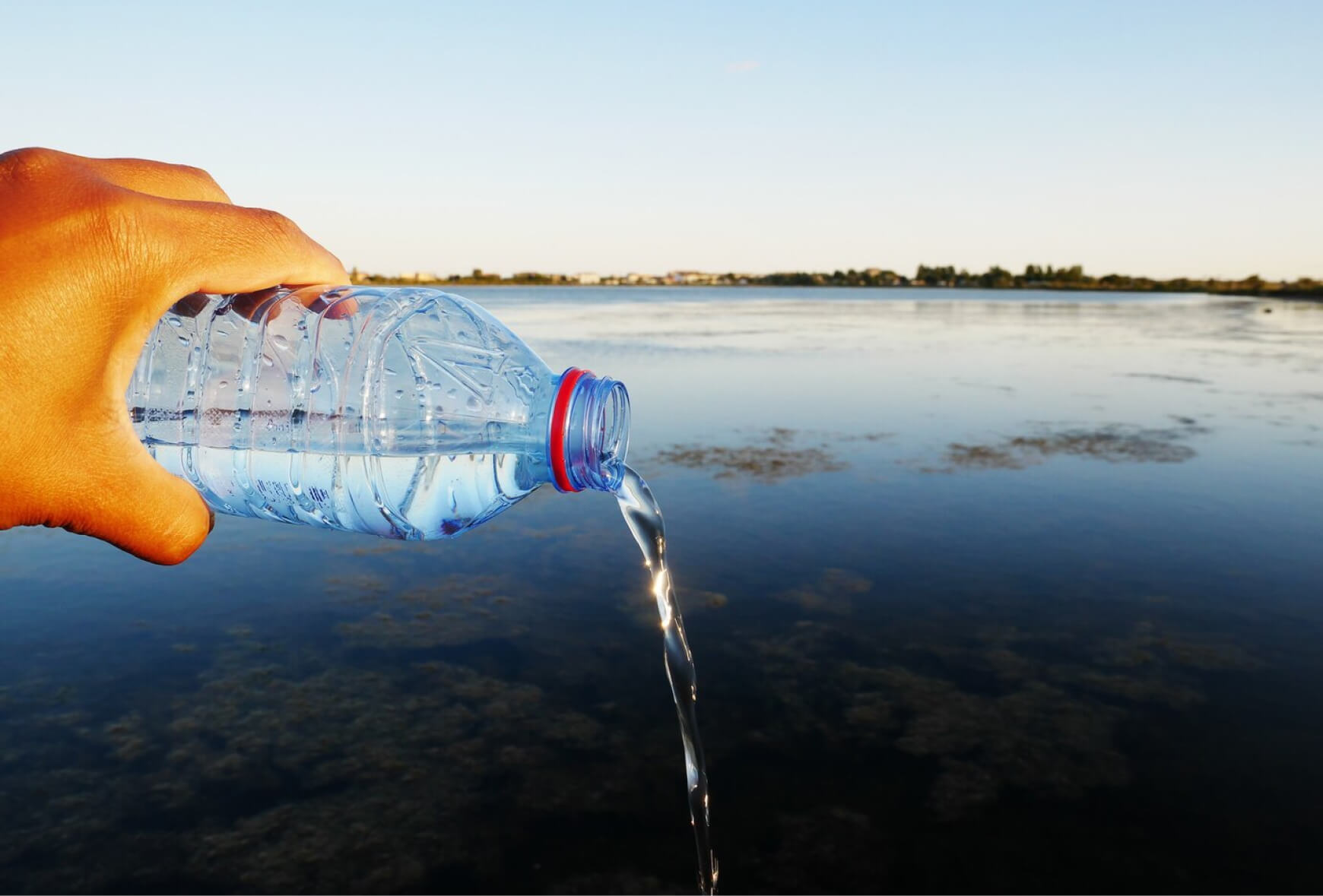This form will be used to submit samples of paint chips, air cassettes, surface wipes and wastewater for lead analysis. This form can also be used to order Toxicity Characteristic Leaching Procedure on materials for disposal.
DETERMINATION OF LEAD CONTENT CHAIN OF CUSTODY FORM

SAMPLING FOR MATERIALS FOR LEAD CONTENT
As with any hazardous material sampling, the process of sampling a material for lead content is best performed by professionals who have training in how to safely and effectively survey an area for lead based or containing materials. Samples for lead testing can include paint chips, soil and wastewater or any other materials which may contain lead. General sample requirements are as follows;
• Paint chip samples must be at least 2.0g (substrate such as drywall, brick, metal or wood are not included in the test and will not contribute to sample weight)
• Air samples must be taken using appropriate cassettes
• Wipe samples should be taken using ASTM E1792 compliant wipes
• Wastewater samples must be at least 1L in an appropriate sealed container
• Samples for Toxicity Characteristic Leaching Procedure must be at least 100g and should include substrate.
SUBMITTING SAMPLES FOR LEAD CONTENT DETERMINATION
When submitting samples for lead testing please ensure the following;
• All samples are in sealed in separate bags, free from any debris outside of the sealed bag (i.e. no dust or materials outside the bag)
• The batch of samples is bundled together in such a way that the no samples are opened if the package is shaken lightly (eg. The sample batch is placed in a larger sealed bag)
• A completed Chain Of Custody (COC) form is securely attached to the sample batch.
The COC for submission of samples for lead content determination can be found on our forms page, as well as at the link below.

INFO ABOUT LEAD
WHAT IS LEAD?
Lead is a naturally occurring metal which can cause adverse health effects with exposure. Lead has been used extensively throughout human history and can still be found in a number of products. Products such as tile glaze, paint, solder, piping, pigments, jewelry, toys and ammunition as well as many other products have contained lead in the past and may still contain lead depending on their country of origin. Lead exposure has been shown to be cumulative, where exposures build up over time as lead is not easily removed from the body once it has been absorbed by tissues and integrated into bones.
HEALTH EFFECTS OF LEAD
Lead is a highly poisonous metal which has been implicated in a number of detrimental health effects after exposure, these include both acute and chronic health effects. Acute exposure to lead has been shown to cause brain and kidney damage as well as death. Children and developing fetuses are particularly vulnerable to lead exposure. Chronic exposure to lead can cause a large number of different issues including anemia nephropathy, abdominal pains, weakness, memory loss and many other symptoms. Treatment for lead exposure involves limiting exposure and using chelating agents to pull lead out of the bloodstream and allow for elimination in urine.
For more information on the health effects of lead refer to the following:
“WHO Lead poisoning and health”
“NIOSH Lead information for workers”
LEAD AND WORKSAFEBC
When dealing with lead in British Columbia WorkSafeBC is the primary authority regarding the handling, testing and removal of lead containing materials. WorkSafeBC has put together an information packet for residents who are looking to get more information about lead risks to workers and the general public. Before beginning any project which may disturb potentially lead containing materials it is important to get the materials tested in order to prevent exposure. More information concerning the hazards associated with lead can be found on the WorkSafeBC website as well as the resources found on the following page:
“WorkSafeBC Lead Resources”
FAQ
As our knowledge of how lead impacts the human body grows regulations are changed in order to ensure the safety of the general public. Recent studies have found that the Blood Lead Levels (BLLs) we though were safe are actually damaging to the nervous and renal systems. These new discoveries have caused increased regulation regarding the disruption or disposal of lead containing materials.
Essentially any paint may contain lead, as well as tile glazing, solders, soils or piping as well as many other materials. Most of the lead encountered in our daily lives is inorganic lead which means it has difficulty absorbing through the skin, and relies more on ingestion or inhalation as a means of entering the body. If a material is a poor condition (flaking or otherwise damaged) and it has been painted or has not been tested before it may be worth testing for lead. Consult a certified professional for more information about identifying lead risks in your home or workplace.
Leachable lead is a form of lead based material which can easily release lead into the environment. The leachability of the material is of particular concern for disposal where it can move from the material into our soil and water systems. Leachability tests are performed using special conditions which simulate being in a landfill below the water table in order to assess how much lead the tested material may release to the environment so that our water sources can be protected.
Once you have a positive results it is best to contact a qualified professional who can guide you through the process of either removing or properly containing the material. Things the consultant will consider are: presence of children in the area, leachability of the material, work performed in the area, local disposal regulations and many other factors. Regulations surrounding lead can be difficult to navigate, and are often widely varied depending on the region, consult a local professional for an assessment of the lead risk in your area.
